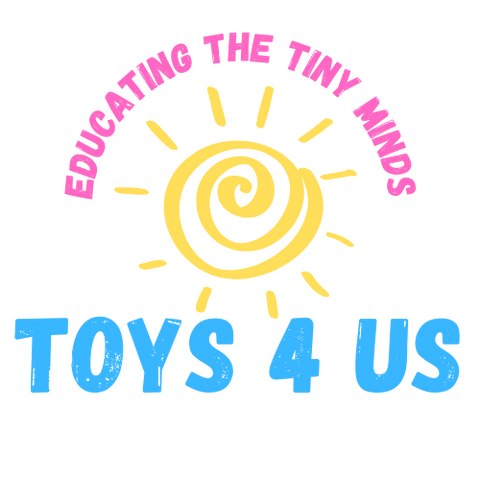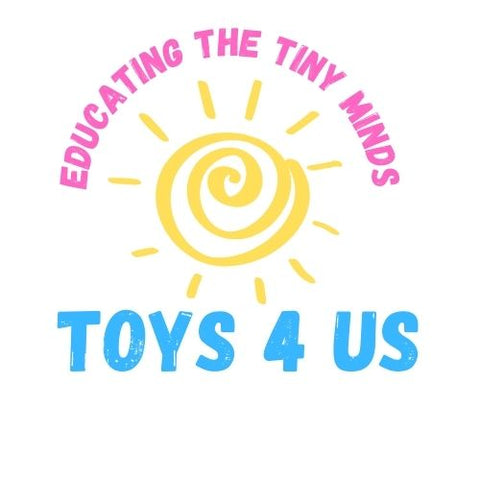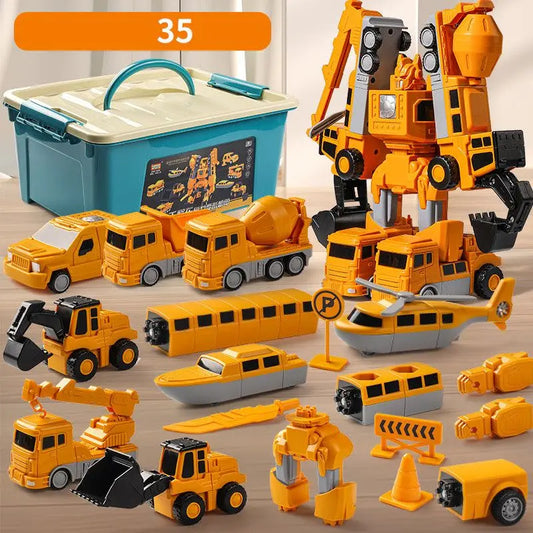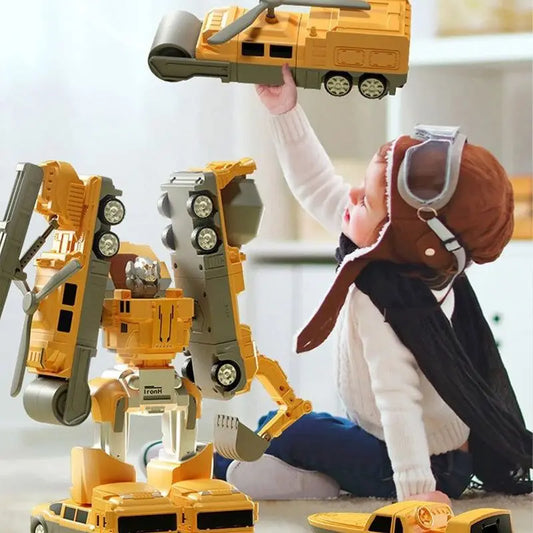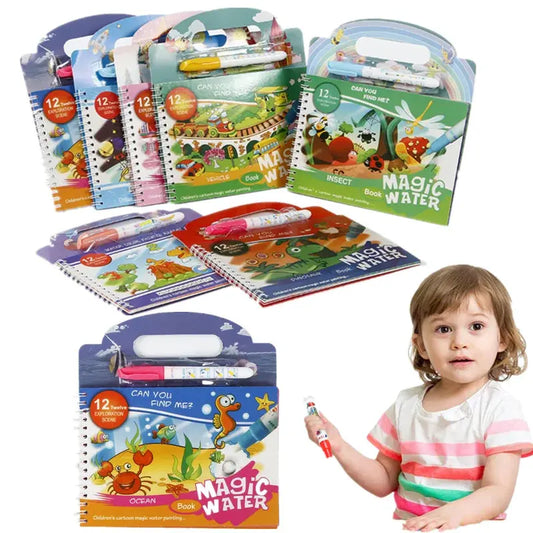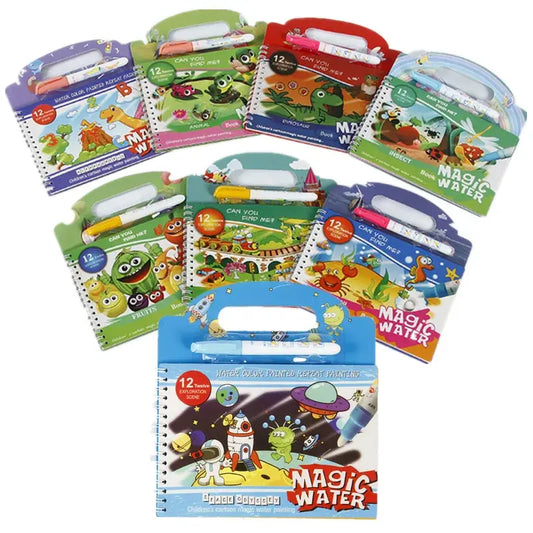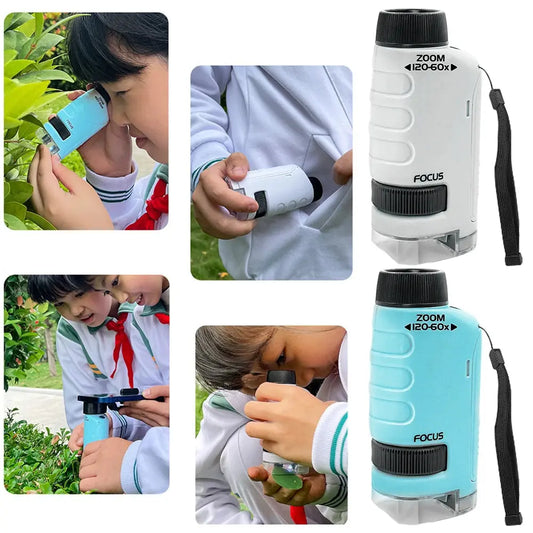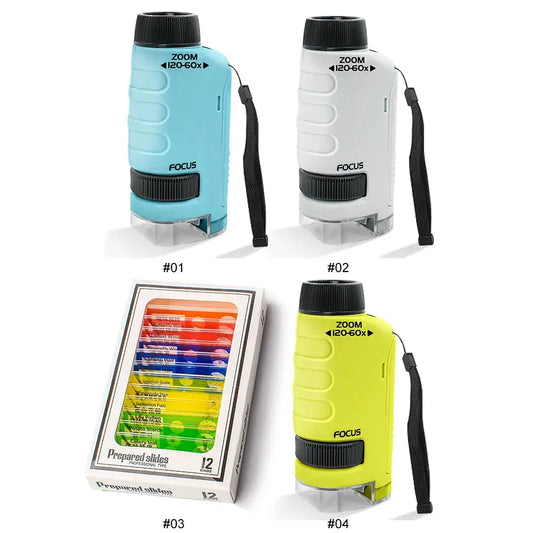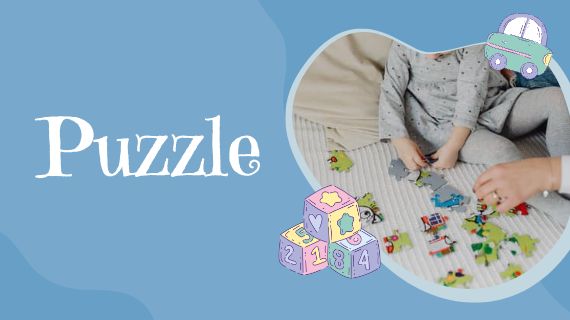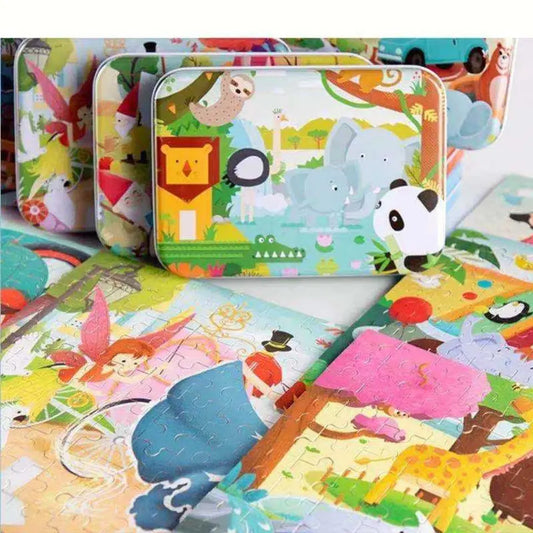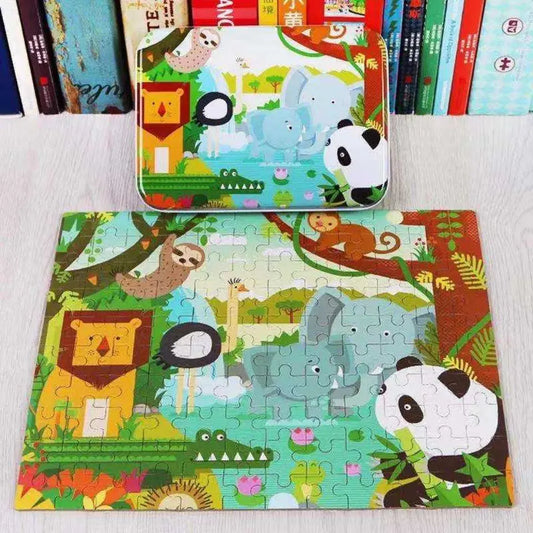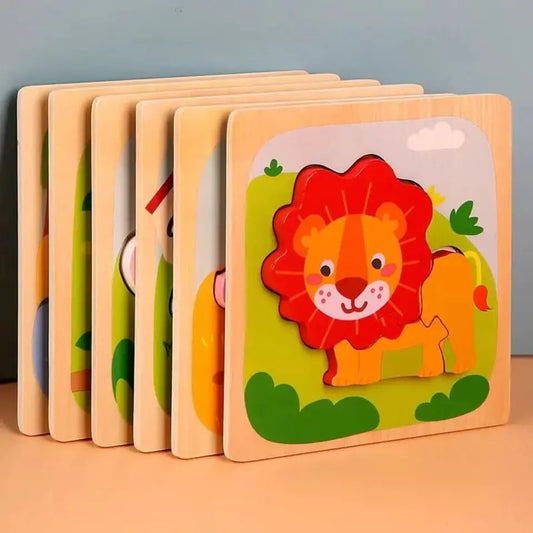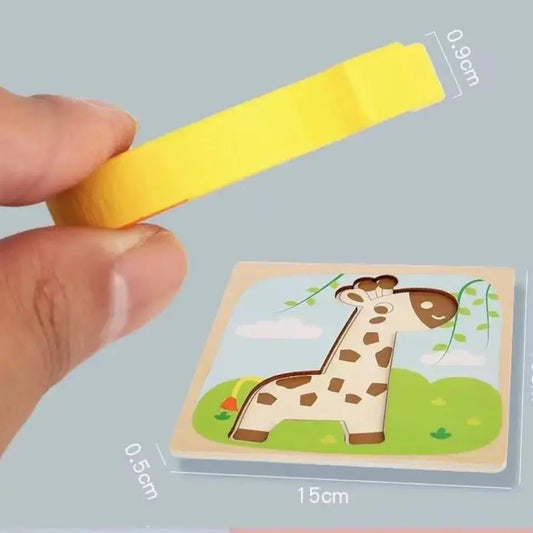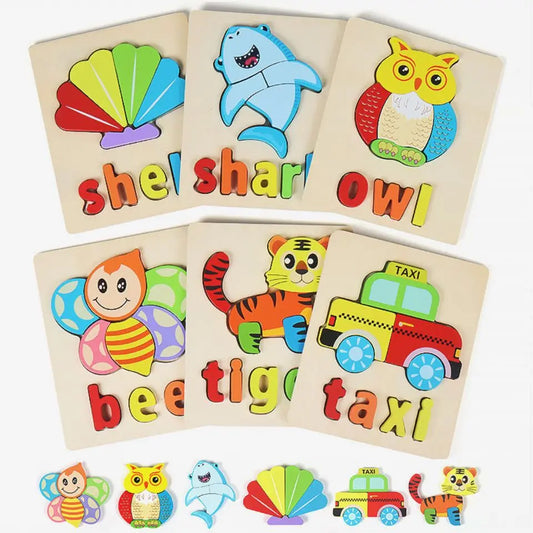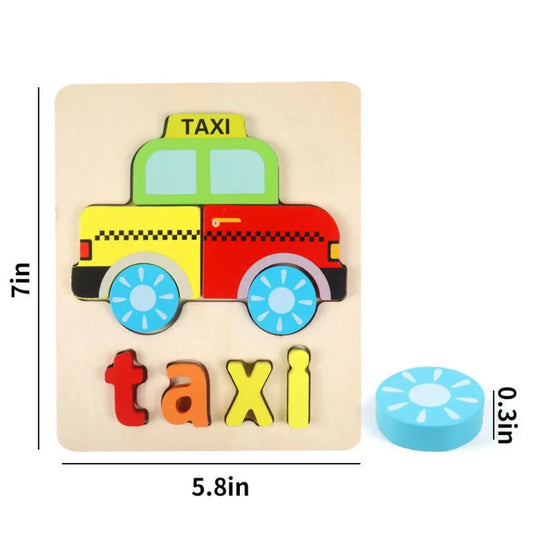How to Make Montessori Toys: Montessori toys are widely known for their educational value, simplicity, and natural materials. These toys are designed to encourage independent learning and exploration, supporting children’s development through hands-on activities. In this Guide to Montessori Toys in Australia, we will explore how to create Montessori toys at home. By making these toys yourself, you can better understand Why Montessori toys are wooden and why natural materials are chosen for their durability and sensory benefits. Montessori Toys Australia emphasizes the use of safe, eco-friendly materials that align with Montessori principles, and creating your own toys allows you to embrace these same values.
The process of making Montessori toys is straightforward and rewarding. By using simple materials like wood, fabric, and natural finishes, you can create toys that stimulate your child’s creativity, motor skills, and problem-solving abilities. Wooden toys, in particular, offer a tactile experience that helps children explore their environment in a meaningful way. When you create your own Montessori toys, you can also tailor them to suit your child's specific needs and preferences, ensuring they are engaged in purposeful play.
How to Make Montessori Toys
Montessori toys are designed to foster a child's natural curiosity and development. They are known for their simplicity, durability, and purposefulness. While many parents and educators purchase Montessori toys, creating them at home can be a rewarding experience. Making Montessori toys yourself allows for customization to suit your child’s specific needs and interests. Using natural materials like wood, fabric, and simple tools, you can craft engaging toys that encourage independent play and learning. In this guide, we will walk you through the process of making Montessori toys at home.
1. The Benefits of DIY Montessori Toys
Before diving into the steps of making Montessori toys, it’s important to understand the benefits of crafting these toys by hand.
-
Customization: By making your own Montessori toys, you can design them to fit your child’s developmental stage and preferences. Whether your child enjoys sensory play, puzzles, or practical life activities, DIY toys can be tailored to suit their needs.
-
Cost-Effective: While high-quality Montessori toys can be expensive, making them at home can be a more affordable option. With basic materials like wood, fabric, and non-toxic paints, you can create long-lasting toys that rival store-bought versions.
-
Eco-Friendly: Homemade Montessori toys can be made from sustainable, natural materials like wood, which are better for the environment compared to plastic toys. Additionally, crafting your own toys reduces packaging waste and the need for mass-produced items.
Now, let’s explore how to create three different Montessori toys at home.

2. How to Make a Wooden Stacking Ring Toy
Wooden stacking rings are a classic Montessori toy that helps children develop hand-eye coordination, fine motor skills, and problem-solving abilities. Here’s how you can make one:
Materials:
- Wooden dowels (one thick dowel for the base, several thinner dowels for the rings)
- Sandpaper
- Non-toxic paint or natural oils
- Drill (optional for making a peg hole)
- Saw (to cut the dowels into rings)
Steps:
-
Cut the Base and Rings: Begin by cutting one thick dowel to use as the base. Next, cut thinner dowels into rings of varying sizes. Sand the edges of each ring to ensure they are smooth and safe for small hands.
-
Drill the Peg Hole: Drill a hole in the center of the base for the peg, which will hold the rings. Ensure the hole is deep enough to securely fit the peg.
-
Assemble: Attach the peg to the base securely. Test the fit of the rings to ensure they slide onto the peg easily.
-
Finishing Touches: You can leave the wood in its natural state or apply non-toxic paint or oil to protect the wood and add color. Avoid using synthetic finishes to maintain the toy’s Montessori principles of natural materials.
Now your wooden stacking ring toy is ready for play!
3. How to Make a Montessori Sensory Board
Sensory boards provide a rich experience for children by engaging their senses. A sensory board can include different textures, sounds, and objects that encourage children to explore through touch and movement.
Materials:
- Wooden board
- Various textured materials (sandpaper, fabric, metal, wood, etc.)
- Small sensory items (zippers, latches, wheels, bells)
- Non-toxic glue
Steps:
-
Prepare the Board: Start with a smooth wooden board as the base. Sand any rough edges to ensure it’s safe for a child’s hands.
-
Attach Textures: Select different materials to provide various sensory experiences. Attach items like soft fabric, rough sandpaper, smooth wood, and metal. You can glue these materials directly onto the board.
-
Add Sensory Elements: Include small objects that encourage movement and exploration, such as a zipper, latch, or small bell. These elements help with fine motor skills while providing a sensory-rich experience.
-
Finishing: Once all elements are attached securely, let the board dry and ensure that no small parts can detach during play.
A sensory board offers endless opportunities for tactile learning, allowing children to explore textures and objects in a hands-on way.

4. How to Make Fabric Sensory Balls
Fabric sensory balls are excellent for babies and toddlers, offering a soft, safe way to engage with textures, sounds, and movement.
Materials:
- Cotton or wool fabric
- Needle and thread (or sewing machine)
- Stuffing (cotton or wool)
- Small sensory elements (bells, crinkle fabric)
Steps:
-
Cut Fabric: Start by cutting six pieces of fabric into circular or hexagonal shapes. Choose fabrics with different textures, patterns, and colors to enhance the sensory experience.
-
Sew the Pieces: Sew the pieces together, leaving a small opening for stuffing. You can use a sewing machine or hand-stitch the pieces.
-
Add Sensory Elements: Before stuffing the ball, place a small bell or crinkle fabric inside for auditory stimulation. Once the sensory elements are inside, fill the ball with cotton or wool stuffing.
-
Finish: Sew the opening shut and smooth out any seams. Your fabric sensory ball is now ready for play!
5. How to Incorporate DIY Montessori Toys into Daily Play
Once you’ve created your Montessori toys, it’s important to integrate them into your child’s playtime in a meaningful way. Montessori toys encourage independent exploration, so provide your child with opportunities to interact with the toys on their own.
-
Rotate Toys: Montessori environments often feature toy rotation, where a few toys are available at a time to avoid overwhelming the child. Rotate the toys weekly to keep your child engaged and interested.
-
Organize Toys: Display the toys on low shelves where your child can access them easily. Organizing toys in an accessible way encourages independence and allows your child to choose what they want to play with.
-
Observe and Support: While Montessori toys promote independent play, it’s important to observe your child and offer support when needed. Encourage their curiosity and offer gentle guidance without taking control of the activity.
Conclusion: The Joy of Making Montessori Toys
Creating Montessori toys at home can be a fulfilling experience for both parents and children. These toys, made from natural materials and designed to promote learning, offer a hands-on approach to education that is simple, effective, and aligned with Montessori principles. By crafting your own toys, you provide your child with tools that foster creativity, motor skill development, and independent thinking.
Not only are DIY Montessori toys cost-effective, but they also allow you to customize the toys to your child’s needs. Whether it’s a wooden stacking ring, a sensory board, or a fabric ball, these toys are designed to support your child’s natural curiosity and love for learning. By incorporating these toys into daily play, you create a rich learning environment that encourages growth and discovery.
